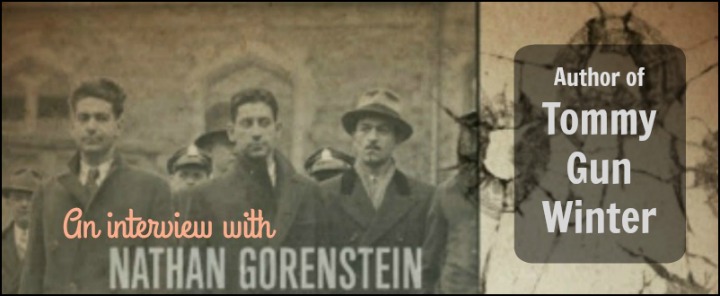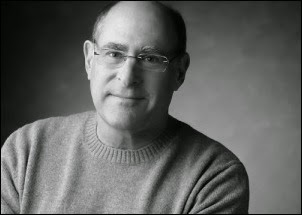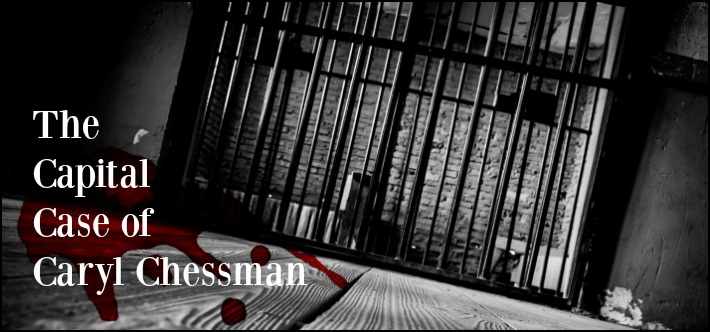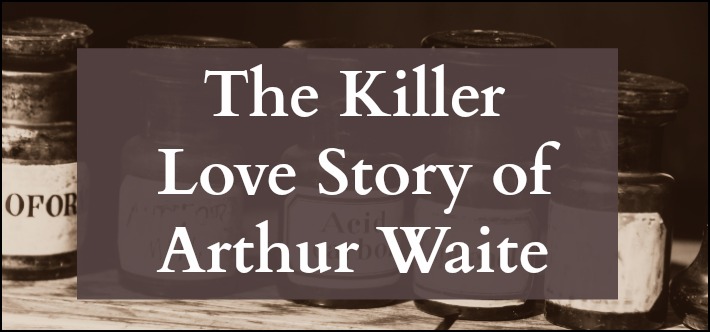Early in the morning of June 16, 1959, a gaggle of partygoers was boozing and chatting in the Los Angeles home of George Reeves, the 45-year-old actor best known for his portrayal of the Man of Steel in the popular television show “Adventures of Superman.” At some point between 1:30 and 2 a.m., Reeves’ guests heard the sound of a gunshot from an upstairs bedroom to which the actor had previously retired. According to partygoers, one of the guests raced upstairs to find Reeves lying across his bed, the life snuffed out of him by a bullet in the head.
Following an investigation, officers of the Los Angeles Police Department ruled the death a suicide, likely prompted by Reeves’ alleged depression over the fact that he was experiencing financial problems and that his career had stalled since the cancellation of “Superman” in 1958. Many students of the case accept the official finding; however, others insist that this version of events ignores too many questionable circumstances. Proponents of the latter point of view believe that Reeves was, at the very least, shot accidentally, or, at the worst, straight-up murdered.
The man who would eventually meet a much-debated end was born George Keefer Brewer in Iowa in 1914. Shortly after the boy’s birth, his parents divorced, and eventually George moved to California with his mother, Helen. It was there where he caught the proverbial “acting bug,” singing and performing in school plays throughout high school and college. Reeves picked up his first major film credit by portraying one of the “Tarleton Twins,” suitors of Scarlett O’Hara, in the 1939 blockbuster “Gone With the Wind.” The fledgling actor chose “Reeves” as his stage surname, and went on to appear in a number of B movies before snagging the role of Superman in the 1950s television series that made him famous. (Reeves also shed the cape and tights long enough to appear in the Academy Award-winning 1953 film “From Here to Eternity.”)
Reeves had hesitated to take on the role of Superman because he considered television a step down from film work. He did enjoy one aspect of the job, however—portraying America’s ideal role model. While in public, aware that kids were watching his every move, Reeves refrained from such un-Superman-like behavior as smoking cigarettes. Yet despite his affection for young fans, Reeves chafed at his low salary and rigid contract, which made movie work next to impossible. Reeves also feared that he would become typecast as a do-gooder and that producers wouldn’t accept him in meatier roles requiring more acting chops.
It was in the midst of this professional stress that Reeves’ private life began getting messy. In the early 1950s, he had started seeing a former Ziegfield Follies showgirl named Toni Mannix, who was married to Eddie Mannix, the general manager of MGM. Their relationship lasted several years, until early 1959, when Reeves broke up with Mannix. Shortly afterward, he became engaged to a socialite named Leonore Lemmon. Both women would factor into theories regarding Reeves’ death.
The events of that night remain shadowy, as the witnesses in Reeves’ home were intoxicated when police arrived. However, according to those in attendance, Reeves had gone to bed, then returned downstairs to complain about the noise his visitors were making. Reeves stayed long enough for a drink, then returned upstairs. Shortly afterward, his guests heard the gunshot that ended Reeves’ life and launched a number of conspiracy theories about his death.
One of the most common theories is that Toni Mannix, enraged at the fact that Reeves had broken up with her, arranged his murder with the help of thugs in the employ of her movie mogul husband, who apparently didn’t have a problem with Toni’s affair. Hollywood publicist Ed Lozzi claimed that, on Toni Mannix’s deathbed in the early 1980s, she confessed to a priest that she had been involved in Reeves’ death. However, no outside source can confirm Lozzi’s claim.
Still others believe that Lemmon killed Reeves, either accidentally or as a deliberate murder. Lemmon was known to have a fiery temper (she and Reeves had allegedly fought a few hours before his death) and was one of the guests at Reeves’ home on that fateful night. Supporters of this theory point to statements from Reeves’ friend (and fellow Tarleton Twin) Fred Crane, who wasn’t present when Reeves died, but who said that one of the witnesses had confided that Lemmon was upstairs—and not downstairs with the rest of the guests as she had claimed—at the time Reeves was shot. The fact that shortly after the death Lemmon fled to New York with $4,000 in traveler’s checks that Reeves had allegedly bought for their honeymoon added fuel to this theory. However, as with the assertions surrounding Toni Mannix, those who insist that Lemmon was involved rely primarily on conjecture and circumstantial evidence. In the end, it’s likely no single solution to the mystery will satisfy its many “followers.”
Though Reeves may have felt unappreciated by the entertainment industry in life, Hollywood embraced him in death. He’s interred in Mountain View Cemetery and Mausoleum in Altadena, California, and received a star on the Hollywood Walk of Fame in 1960. In addition, the 2006 film “Hollywoodland,” starring Ben Affleck as Reeves, presents a fictionalized version of the events surrounding Reeves’ death.






